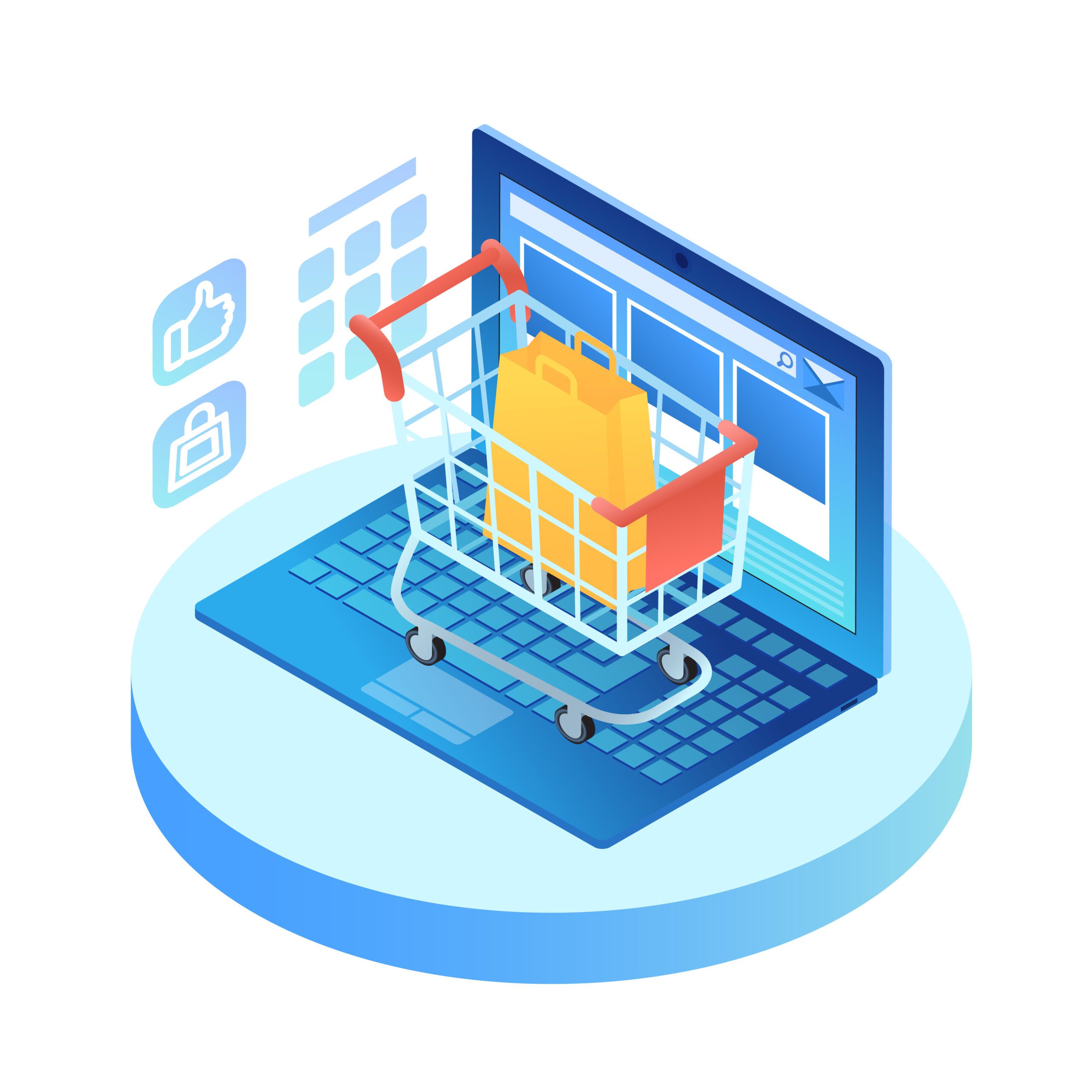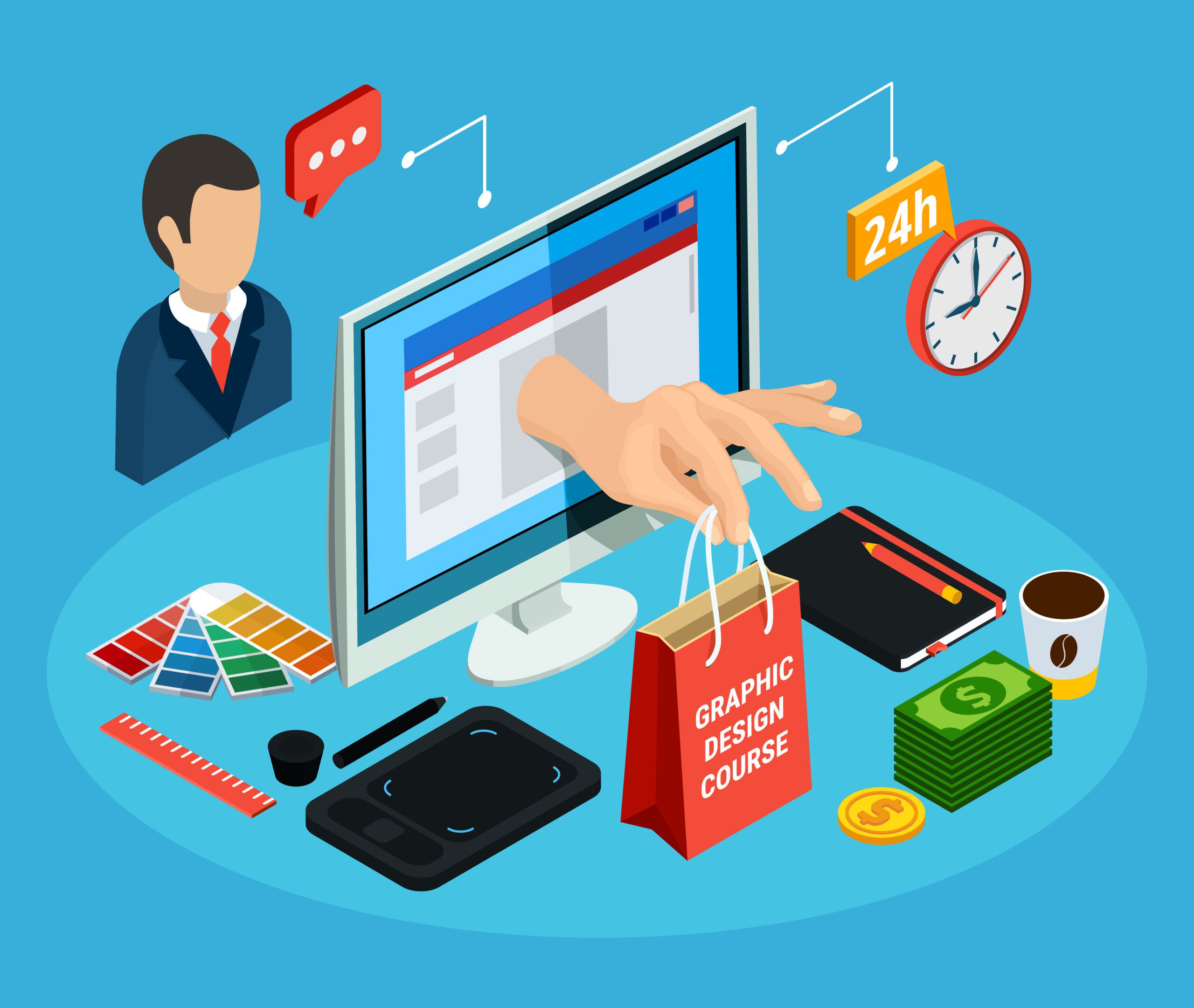Most of us get all our needs, including our market shopping, from e-commerce sites and e-businesses. We’re so used to it that sometimes we even take our meals out of our house.
In this case, it makes sense to do e-commerce. Because whether we’re consumers or sellers, e-commerce is in every area of our lives.
That’s why many new entrepreneurs don’t know how to start an e-commerce business or what to do. The aim of this paper is to create a road map for new entrepreneurs to start e-commerce.
What Are the Conditions for Starting E-Commerce?
You don’t have to meet too many requirements to do e-commerce. One of the first steps you can take for e-commerce is to start a company. All the remaining operations may vary depending on the area the enterprise wants to work with.
If you want to do your e-commerce process in virtual marketplaces, you won’t have to start a company. Nevertheless, if you want to create your own e-commerce site, then you will need to formalize this commercial activity.
In addition, you will need to receive your payments online for a reason that is due to the nature of e-commerce. You have to make agreements with the banks for that.
Even if you don’t have your own website, if you’re going to do e-commerce, you’ll have to pay bills to your customers and pass those bills on to your clients. You will also have to do the necessary operations to be able to cut the bill.
Another question that comes to mind when it comes to starting a company is what kind of company it is necessary to start. You don’t have to start a particular type of business to get into e-commerce. You can start e-commerce by starting an individual, anonymous or limited company.
How to Do E-Commerce?
If you’re starting an e-commerce business, you should have a plan for that. To avoid failure in the highly competitive e-commerce sector, you need to plan all your steps before starting your business.
That’s why we’ve listed what you need to take into consideration to guide you in planning:
Decide the product or service you want to sell.
When you get e-commerce, you need to know what product or service you are going to offer to your customers. That’s the first stage of planning.
You can also sell products or services that are already in high demand by customers, or you can choose a niche area for yourself to find a product or service that you can sell in that area.
If you don’t know which product you can sell, you can do a competitor analysis to get an idea. In this way, you can create your own product or service range, tailored to your own purpose and goals.

Enter your company name.
Defining a company name is the most difficult step to take to get started with e-commerce. Because the company name you choose is one of the first steps you take to get in touch with your customers.
That’s why you need to find a name that’s memorable, striking, and that tells you what you’re selling in your company. There’s no need to describe the products or services you’re going to sell in the name you choose. You can show your goals to your customers with a company name that matches your mission and vision.
It is also important that you research the Internet before choosing your company name. Because e-commerce is a world of endless competition. That’s why it’s likely that there’s a company with a name you’re thinking about for yourself.
You should do this research and minimize name similarities so customers don’t get confused about it.
Make your company set up.
Corporate establishment is a necessary step for e-commerce. That’s why you need to start a company before you get into business.
This stage is a stage where some procedural procedures need to be carried out, and it can be difficult. But with the help of a financial advisor, you can learn what to do about starting a company.
Select your e-commerce infrastructure.
You should identify the type of product or service you are selling, such as the targeted sales volume, and choose the appropriate e-commerce infrastructure.
There are three ways to make this choice:
• Use Free Infrastructure
• Prepare Custom Software for Your Company
• Use Paid E-Commerce Packages
Free infrastructure is one of the most preferred infrastructures at first because it is low-cost. These infrastructures are more suited to e-commerce startups.
Creating custom software for your company also has a negative impact in terms of time and cost. Pay-per-view infrastructure will provide you with the ease and time to reach the e-commerce you want by offering you many alternatives.
Specify your logo.
Like your company name, your company’s logo and the way you communicate with your customers are very important. You will also enhance your brand awareness with the logo you specify.
For these reasons, you need to design an interesting and impressive logo. With your logo in these features, you’ll be one step ahead of your competitors.
Once you have defined your logo, you can also design a professional business portrait of your customers by defining the images you want to use on social media or other platforms.
Analysis of the opponent.
Another step you need to take before starting an e-commerce activity is to analyze your competitors. So you have to plan who you’re dealing with as a competitor in a wide market and what you need to do to get a click further from them.
You should also determine the pricing of your products and services to be sold based on these analyses that you will do again. If you plan to sell a product or service that is twice as expensive as your competitors, you are more likely to fail.
Because when customers demand quality products or services, they also want these products and services to be affordable. If you try to sell more than your competitors, they’ll think your prices aren’t reasonable.
So when you analyze your competitors, you should also carefully examine their pricing policies.

Make your site design.
Another process that needs to be done after the company name and logo are defined is the design of the site. Your site design should also match your logo and name.
Your site should also have a customer-friendly design. Otherwise, no matter how perfect your logo is, and no matter the quality of the products or services you sell, you may lose customers because of the design of your site.
Don’t forget User Experience.
Another issue that e-commerce entrepreneurs should not lose sight of and need to make improvements in this area is the user experience.
You need to make sure that every transaction you do in the field of e-commerce in your company has a good user experience.
Because the user experience will bring you loyal customers. Otherwise, it will be difficult for a customer to buy a product or service from you once and again in this competitive environment.
Create Product Titles and Descriptions.
You should add the goods or services you want to sell with the appropriate title and description when you add them to your site or marketplace.
You can make the content of your products or services more interesting by specifying their features.
Remember to use keywords relevant to your product or service in the title and description you want to write.
Pay attention to the product views.
Your product images must also be carefully captured and prepared to attract the interest of customers and provide detailed information about the product or service.
Again, competitor analysis in this field will guide you. Also, be careful that your images do not create the impression of being found on the Internet. This can give customers the impression that it’s not the real product.
Prepare your marketing and advertising strategies.
The last step when you start e-commerce is to define your marketing and advertising strategies. Through these strategies, you can bring the products and services you are selling to a wider audience.
If you are still confused about engaging in the field of e-commerce and want to get help from experienced experts, you can get support from WeaSocial.
